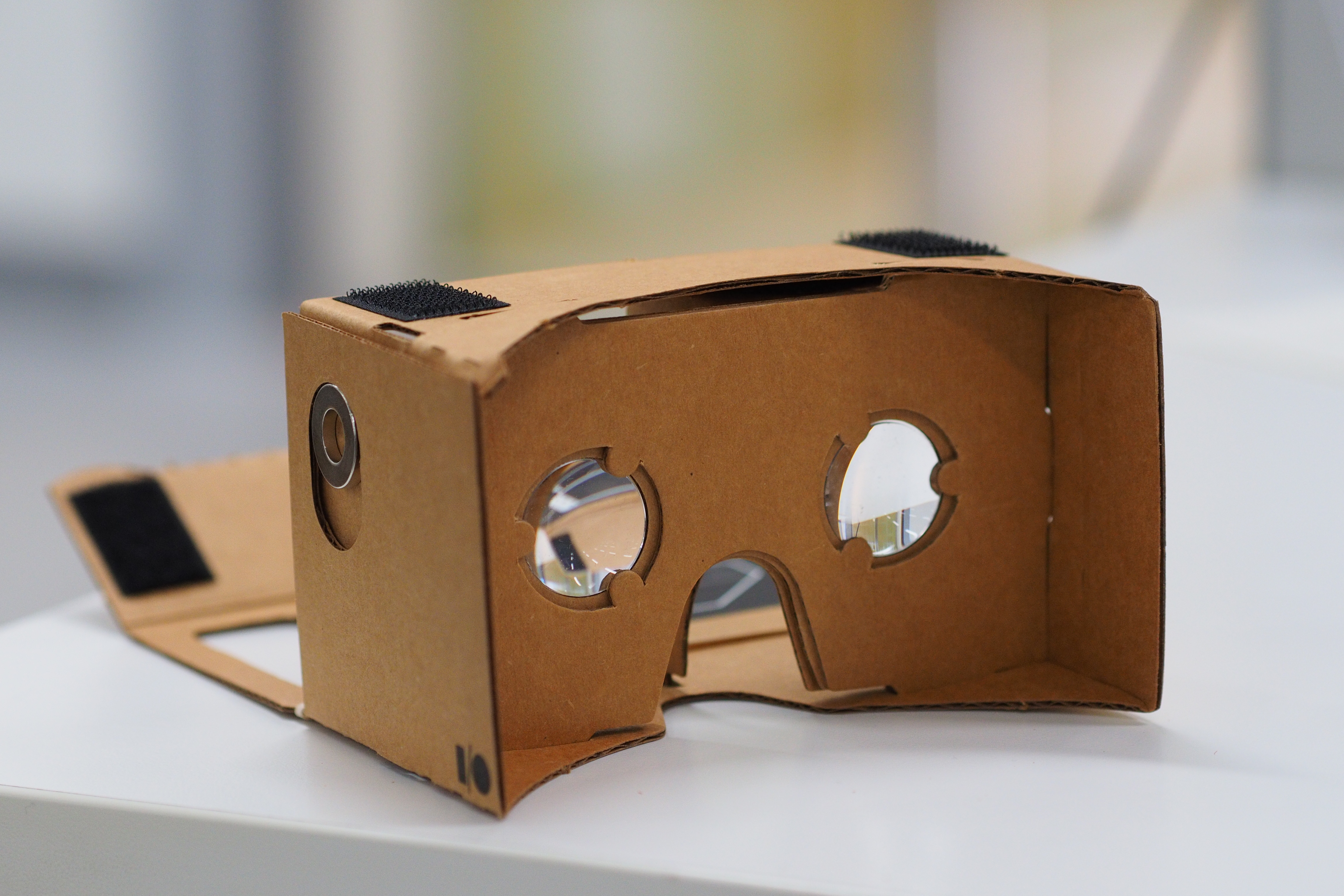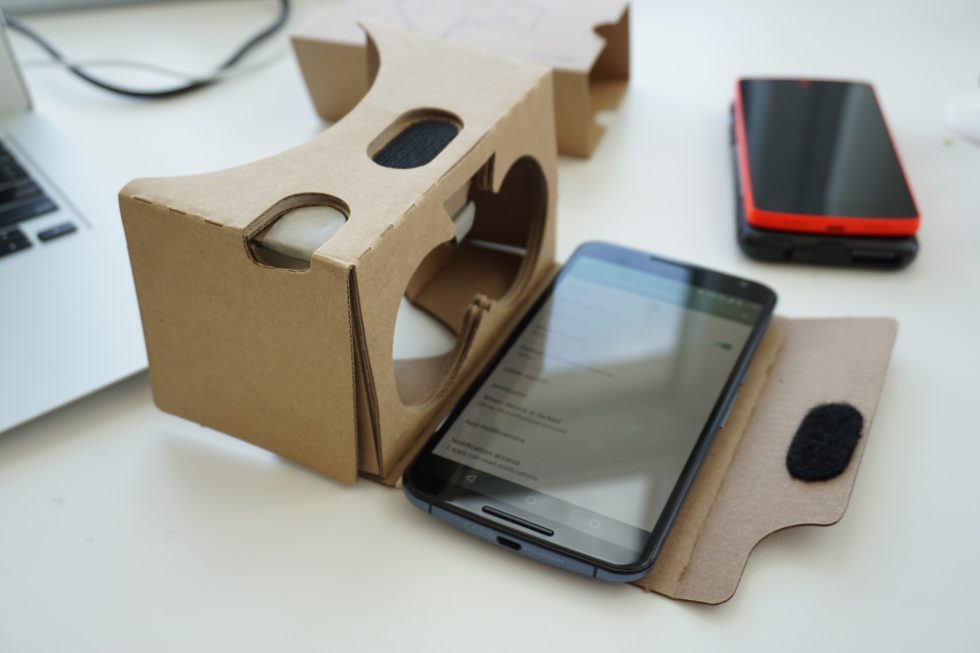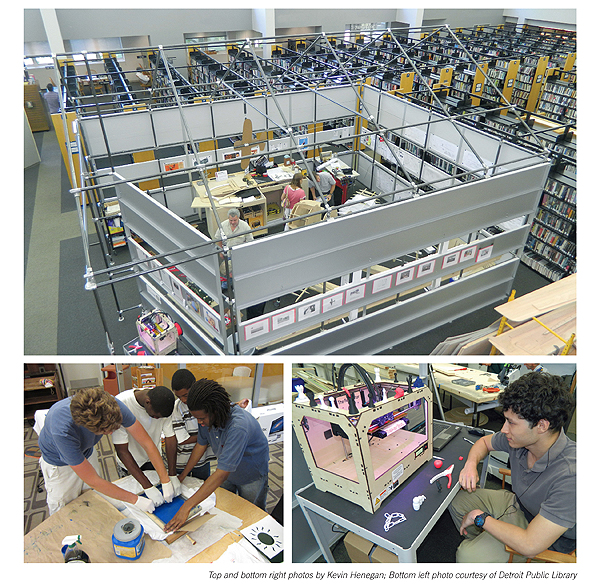Kindergarten Engineers
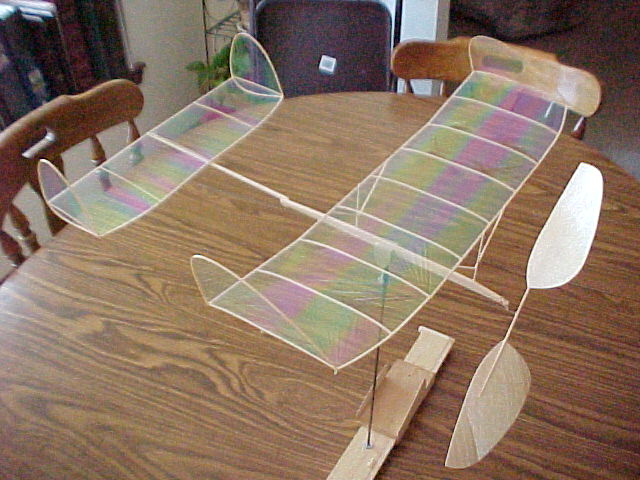
I was thinking about my earlier post about "learning engineers" after I came across a video storybook on pbslearningmedia.org called "David and Kayleen Design a Glider." Actually, the first thing I thought of was really the hundreds of balsa wood and paper gliders I had made as a kid. From those pre-cut balsa wood airplanes that all my friends bought, built and broke, to the ones I ended up building from scratch using balsa, paper and scraps, I learned the basics of aerodynamics.
Eventually, through a middle school club, I learned to make beautiful rainbow-winged microfilm planes (like the one at top) with rubber band motors that could fly for several minutes in a gymnasium or the several airplane hangars our club visited. It was pretty nerdy at the time and I loved it.
Years later, as a middle school teacher, I had a devoted little club of kids building planes from paper that were part engineering and part origami.
Building these airplanes is a way to learn about aerospace engineering, but it was also a way to learn how to follow instructions, about precision and about learning from the mistakes you and your fellow engineers made.
That video storybook page says that it is a way for children to learn about "the design and structure of airplanes and gliders, and are encouraged to understand the innovation process."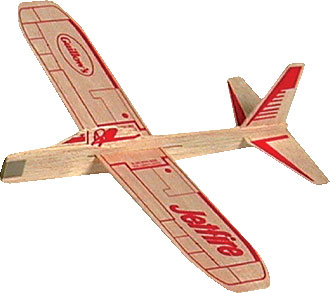
I did some digging online about the lesson and the "hoop gliders" they were building. I know that design from a book I had when I was doing that club that contained plans for folding prize-winning paper airplane designs. The hoop glider doesn't look at all like what most people would envision as a glider - which makes it a good choice of a design to use to get kids thinking about why planes fly.
One of the things I found online was written by Tom Jenkins [@tomjenkinsstem], a middle school science and STEM teacher in Ohio. He wrote Kindergarteners Are Born Engineers about a lesson he did using the video and hoop gliders with a kindergarten class.
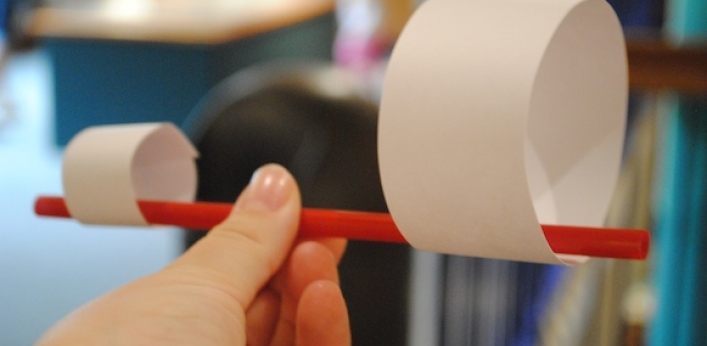 He started them talking abou how planes fly, and asking what engineers do and, as you might expect with kids that age, the discussion went in many places. I totally get that part of it involved Thomas the Tank Engine, as many kids think of a railroad engineer first. Eventually one student says that engineers "build things” and that gets him into his true mission.
He started them talking abou how planes fly, and asking what engineers do and, as you might expect with kids that age, the discussion went in many places. I totally get that part of it involved Thomas the Tank Engine, as many kids think of a railroad engineer first. Eventually one student says that engineers "build things” and that gets him into his true mission.
They select materials and then test and measure the flights of the gliders of their own creation. One student suggests using aluminum foil for the hoops because it is lighter, and another suggests instead strips of manila folder “because it’s less floppy.”
Sounds like a fun and good lesson. But what is most interesting to me about the lesson is what Jenkins fears and discovers.
He was afraid that the class of little ones would test the gliders, see many of them "fail" and then end up crying. He has seen that happen with older middle-schoolers.
As expected, most of the planes crashed quickly. But "not one student cried or was disheartened at all. In fact, they all ran back to their workstations and started discussing a new plan. They had failed and that was okay. They had learned a lesson and were going to continue to improve their designs until they were successful."
That is huge.
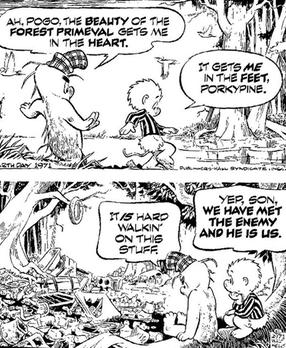 And then Jenkins realized that the problem is himself - or as Pogo said it years ago, "We have met the enemy and he is us."
And then Jenkins realized that the problem is himself - or as Pogo said it years ago, "We have met the enemy and he is us."
Jenkins: "These kindergärtners get it. They understand that learning is a collaborative process. Oftentimes you have to discuss the problem in order to find the best solution. Failure is also an option, and as long as you learn from your mistakes, it can be a positive experience. They had lived the engineering design process their entire lives."
He concludes that although he usually spends the first few weeks of a school year the engineering design process (and in his situation, to older kids), they already knew it and he was probably breaking them.
Kids entering school may be more likely to not fear collaboration, experimentation, guessing at a solution and even failing than the older ones who have been "taught" by assignments, correct answrs and grade to be more hesitant.
Failure is still often discouraged as a learning experience - intentionally or not - rather than seeing the gift of failure as a learning tool. We need to remember that children have "an innate ability to learn through the iterative process" and are closer to being engineers and scientists than we give them credit. Not only STEM but STEAM (with that important art and creativity segment) and DIY and maker brought into the K-16 classroom is powerful.
Pogo Earth Day 1971 poster, licensed under Fair Use via Wikipedia



